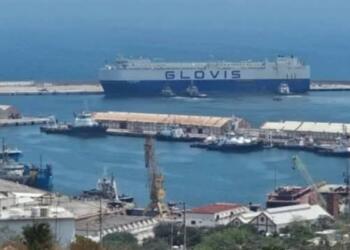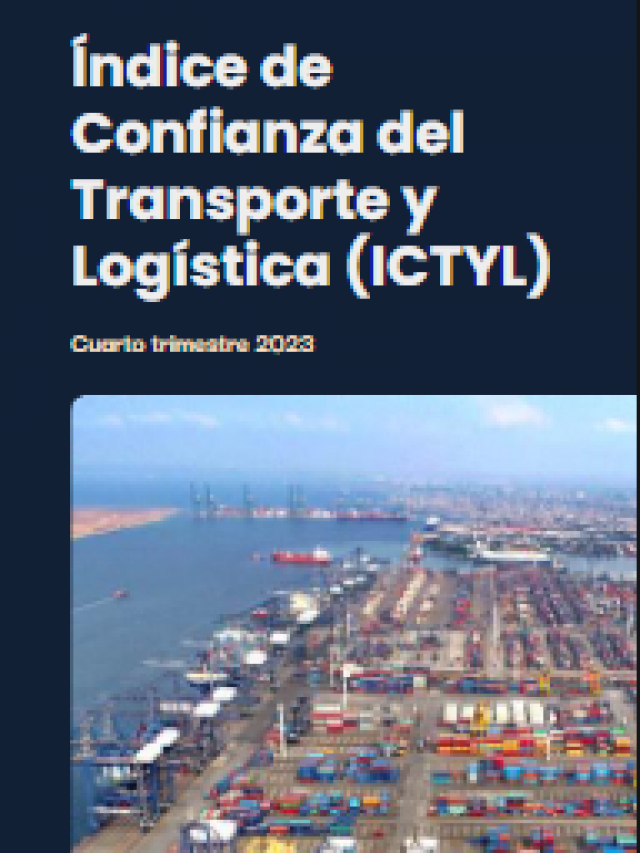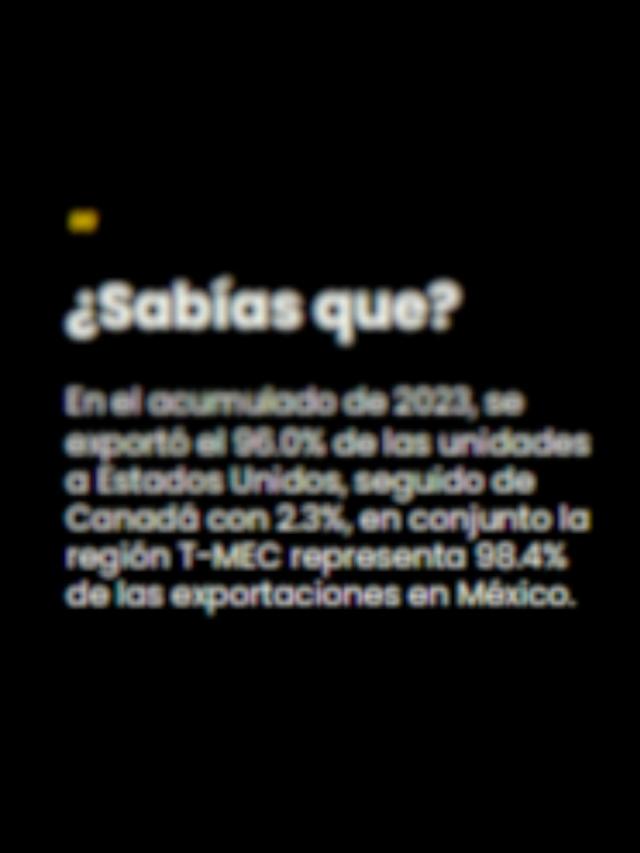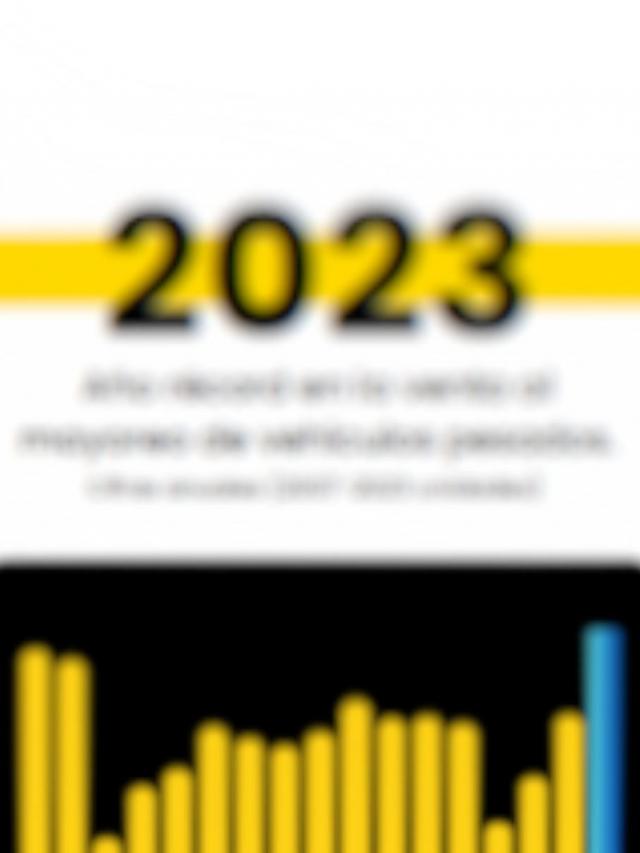
After more than 20 years of having been announced by former President Felipe Calderón and which did not come to fruition, it seems that Claudia Sheinbaum, President of Mexico, will carry out the project of construction of the Punta Colonet port , which includes the construction of a 300-kilometer railway line between Ensenada and Mexicali, Baja California .
To this end, pre-investment studies will be carried out on the freight rail transport service from Punta Colonet to the Algodones border crossing in Baja California.
Through the General Directorate of Railway and Multimodal Development (DGDFM), an organization that will soon join the Railway Transport Regulatory Agency (ARTF) by presidential decree, 49 million 165 thousand 524 pesos were requested from the state government for studies such as demand, profitability, feasibility, environmental, railway engineering, among others, which will be carried out between January and December 2025 .
“To support the commercial and economic development of Baja California, a commercial logistics strategy is required that includes a greater participation of freight railroads, with competitive rates, integrated services, security and reliability of transported goods, on-time delivery and adequate facilities to facilitate cargo handling,” he said.
He also explained that the Colonet-Algodones railway line will provide an interconnection with the Punta Colonet port , which will be a key logistical point for accessing the United States railway network, as well as creating the necessary supply for the demand of nearshoring (companies that relocated their production lines to the country seeking to be closer to the final markets) .
However, the federal government has assured that this project will be carried out with private funds that will be used for the construction of infrastructure, the purchase of trains and their operation.
He also stated that this project includes six aspects:
Greater commercial dynamism as a result of the Asia-America agreement within the framework of the Trans-Pacific Partnership (TPP), as well as the Treaty between Mexico, the United States and Canada (T-MEC).
- Need to provide sufficient infrastructure for nearshoring exchange .
- Need for modal substitution
- Taking advantage of a cargo shift to the new port of Punta Colonet as a result of maritime congestion on the US West Coast.
- Increase the competitiveness of regional industry.
- Free up vehicle capacity on roads in the region.
- According to project documents, the DGDFM estimated that the Punta Colonet port will influence the Asia-Pacific markets and connect the United States, Canada, Japan and South America, mainly Chile, Peru and Colombia.

In addition, it is expected that in 2029 436 thousand TEU (20-foot containers) will be moved, 10 years later 3 million 240 thousand TEU, by 2049 3 million 640 thousand TEU, while in 2059 4 million 40 thousand TEU, in 2069 it is expected to be 4 million 781 thousand 308 TEU, and in 2074 4 million 819 thousand TEU.

It is worth remembering that in the northwestern part of Mexico there is already the port of Ensenada, Baja California, a deep-water port that in 2023 operated a total of 462,176 TEUs; in addition, its terminal, operated by the Hutchison Ports group , completed an expansion phase in October of last year in response to the growth in demand for container handling.
Just in October 2023, the Undersecretary of Economic Planning of the Secretariat of Economy and Innovation of Baja California, José Saúl de los Santos Gómez, presented some details of the Punta Colonet port project to the attendees of the XXVII National Congress of Shipping Agents, organized by the Mexican Association of Shipping Agents (Amanac) .
Comment and follow us on X:@evandeltoro / @GrupoT21















